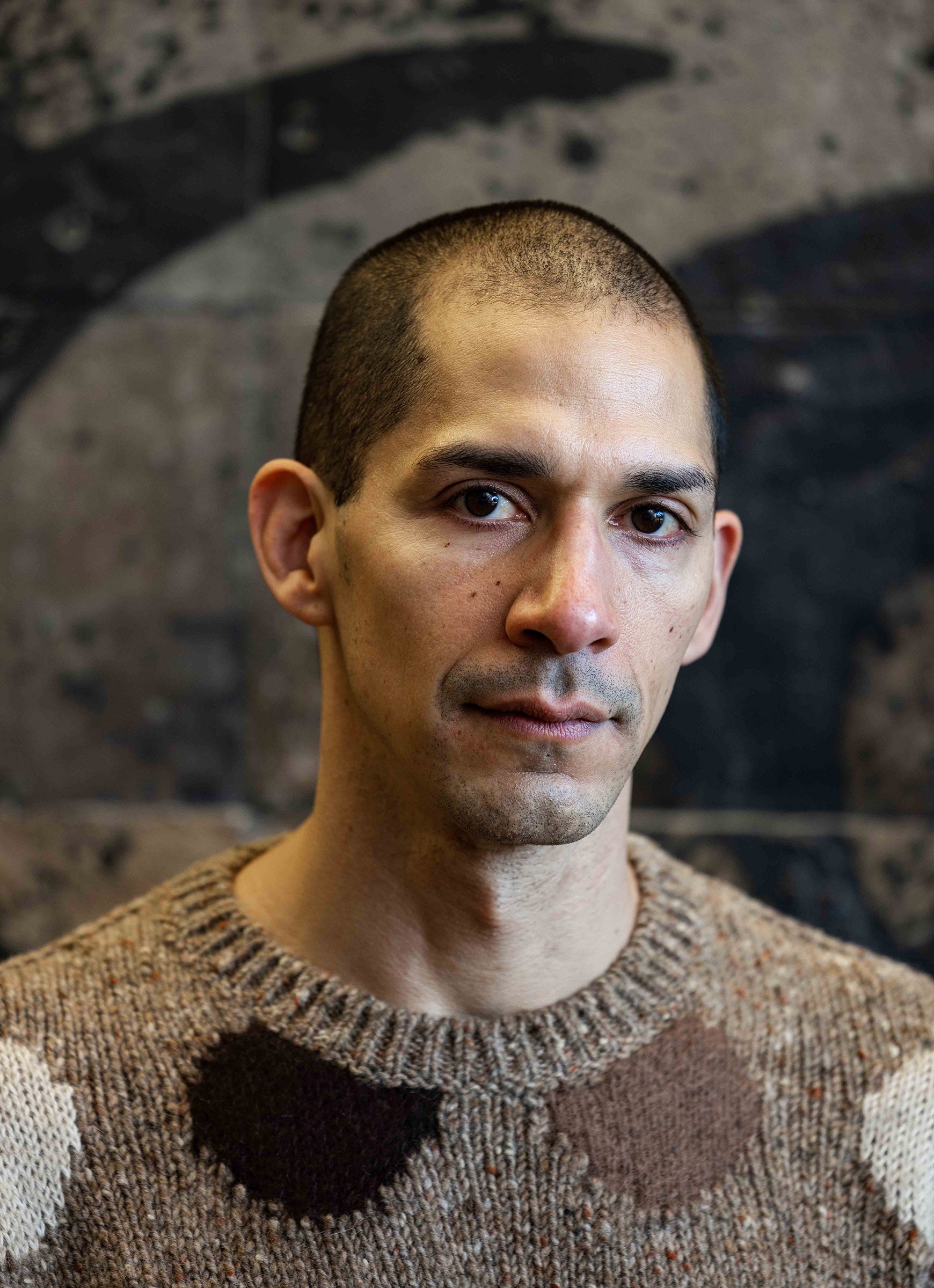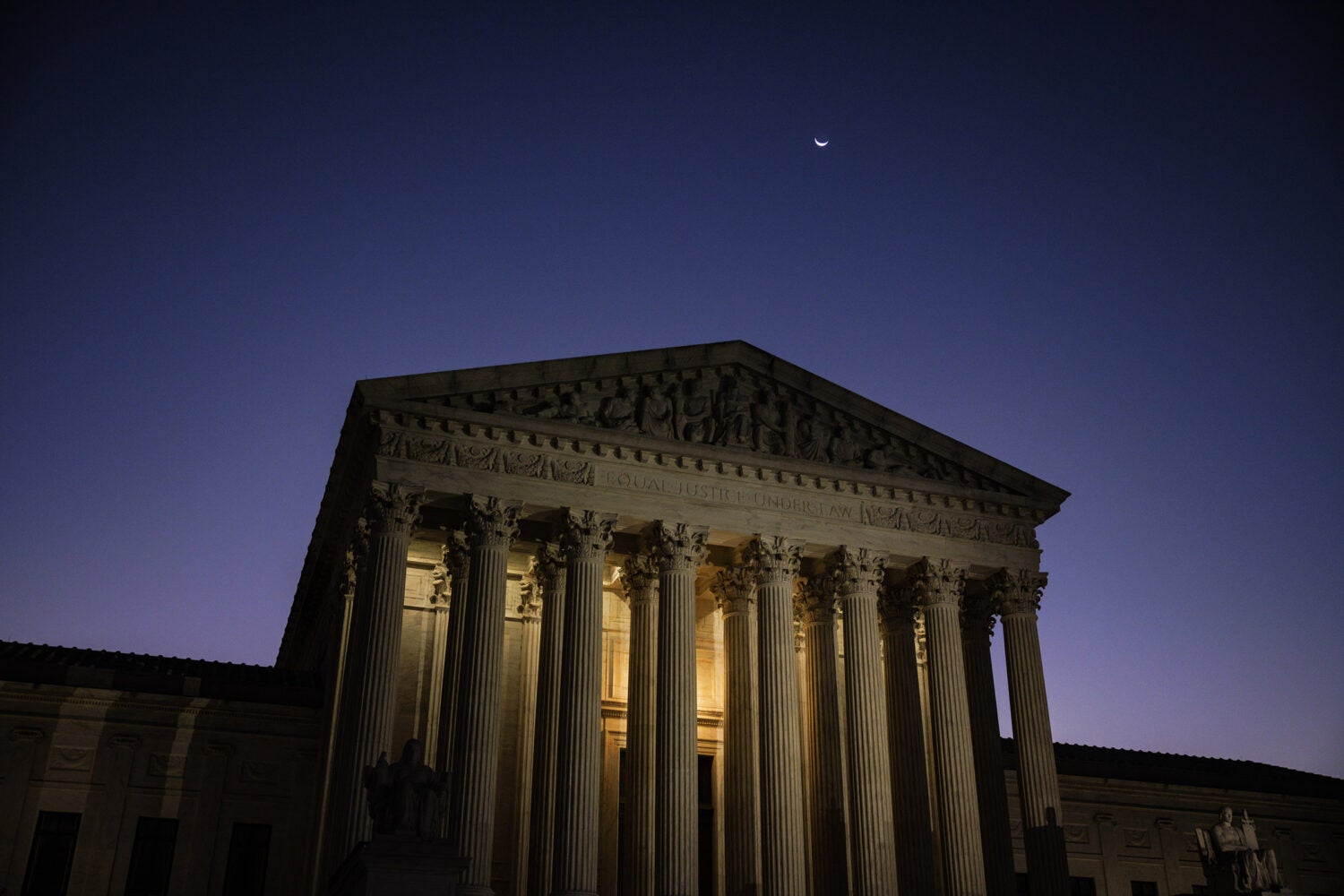Does the United States Supreme Court need reform — or an overhaul?
In an opinion article published in the Washington Post on Monday, President Joe Biden pressed his case for changes to the nation’s highest court, arguing that term limits and a code of ethics would help restore Americans’ faith in the institution.
“What is happening now is not normal, and it undermines the public’s confidence in the court’s decisions, including those impacting personal freedoms,” Biden wrote.
Although Biden’s proposals aren’t likely to come to fruition — House Speaker Mike Johnson has deemed them “dead on arrival” — they reflect a growing discontent about the Court, particularly among Democrats. According to a 2023 survey by Pew Research Center, a record 54 percent of Americans report an unfavorable view of the Supreme Court, which has recently issued a spate of controversial decisions, including some that overturned longstanding precedents. Meanwhile, the justices have also weathered personal questions about financial transparency, bias, and conflicts of interest.
Critics of Biden’s reform proposals, however, claim that the push to change the nation’s highest court is the constitutional equivalent of the losing team in a game of football or soccer trying to replace the referee or rewrite the rules after a string of on-field calls went against them. According to Republican Senate Minority Leader Mitch McConnell, who helped engineer the confirmation of several justices appointed by Republican presidents, Biden and other Democrats are “attack[ing] the Supreme Court because they don’t like the current makeup of the court and decisions they disapprove of.”
Ryan D. Doerfler ’13, a professor at Harvard Law School, says that this is not the first time in U.S. history that calls for Supreme Court reform have followed unpopular or polarizing opinions. “And yet,” he adds, “the Court today does seem to be acting with a striking sense of impunity.”
But while Doerfler views Biden’s reforms as “sensible,” he believes they are inadequate, in part because they do not shift power back to voters. “Because judges and justices are selected by the public only indirectly, one should expect that where elite and popular opinion diverge, judicial attitudes are likely to skew even more strongly toward elite consensus than the views of elected officials.”
In an interview with Harvard Law Today, Doerfler shared more about the history of controversy surrounding the Supreme Court, why reform is ultimately a “political project,” and bolder ideas for the Court’s role in a democracy.

Harvard Law Today: How would you describe the balance of power that the Supreme Court has today, in relation to the other branches of government? Are we at a uniquely high point in the Court’s power?
Ryan D. Doerfler: The Court holds tremendous power in relation to the other branches of government. I don’t know if I would say that today’s Court is uniquely powerful, given earlier moments in our history in which the justices felt free – as they do today – to dictate issues of national policy, seemingly without regard to popular sentiment. And yet the Court today does seem to be acting with a striking sense of impunity. And to be frank, I think that sense has been cultivated in part by the reluctance, even of many Democratic officials, to challenge the Court directly.
HLT: Over the course of U.S. history, has the Court tended to tack closely to public opinion on salient issues – or has it more often been out of step with it?
Doerfler: Political scientist Robert Dahl argued in the 1950s that the policy views of the Supreme Court will never be too long out of alignment with those of lawmaking majorities. That position has been defended more recently by NYU Law Professor Barry Friedman. And both because judicial appointments are determined, albeit indirectly, by federal elections, and because the Supreme Court has an interest in preserving its own popular legitimacy, one can see why in the long run, Supreme Court ideology would correspond, at least roughly, to the prevailing ideology of elected officials.
And yet, John Maynard Keynes reminded us of the cost of relying on “long-run” solutions. Moreover, because judges and justices are selected by the public only indirectly, one should expect that where elite and popular opinion diverge, judicial attitudes are likely to skew even more strongly toward elite consensus than the views of elected officials.
HLT: In a recent interview with Salon, you mentioned that controversial Supreme Court decisions have often led to calls for reform throughout U.S. history. Could you share some examples of such pivotal cases?
Doerfler: Dred Scott [v. Sandford (1857)] and similar decisions during the Antebellum period led to a sustained political attack on the Court by antislavery Republicans and abolitionists. Abraham Lincoln, for example, campaigned for president in opposition to the Court’s proslavery decisions. Similarly, decisions around the turn of the 20th century striking down economic regulations like child labor laws led Franklin Roosevelt and other New Deal Democrats to confront the Court directly, culminating most famously in President Roosevelt’s “court-packing proposal.”
HLT: Did those moments lead to the enactment of any reforms? What about voluntary changes in behavior by the Court itself?
Doerfler: In the Civil War context, Republicans’ confrontation with the Court did lead to the reorganization of federal courts and the expansion of the Supreme Court by one seat. In addition, Republicans in Congress passed laws directly at odds with the Court’s proslavery understanding of the Constitution, laws that a then-politically damaged court ultimately acquiesced to.
In the mid-20th century, Roosevelt’s court packing plan failed notoriously, as did other reform proposals by legislators and activists. And here I should mention Aziz Rana’s outstanding new book, which, among other things, details the striking similarity between conversations surrounding Court reform then and now. What did result, though, was a period of self-restraint, with the Court relenting for some time, at least, in its conservative law reform project, in response to popular backlash and seemingly the threat of external reform. In both cases, though, it’s important to remember that the resulting period of self-restraint was short lived, with the Court becoming interventionist once again, as popular opposition faded. And in that sense, I think those earlier reform efforts have to be regarded as failures – as lost opportunities to limit the Court’s power more permanently.
HLT: President Biden has recently called for a few reforms, including term limits and a binding code of conduct. Which, if any, do you think are the most important?
Doerfler: I think President Biden’s proposals are sensible, but also, too little and too late. Term limits would provide some degree of regularity to Supreme Court appointments, which would be an advance. Similarly, a binding code of ethics seems like a straightforward way of preventing at least the most egregious forms of judicial corruption. At the same time, neither of these reforms would return significant decision-making authority to elected officials, and certainly not in the near term. And more, these proposals are being offered only as President Biden enters his lame-duck period after three-plus years of working in direct opposition to the Court reform movement, including two years during which Democrats controlled both chambers of Congress.
HLT: Would separation of powers allow Congress (or the president) to impose such a code of conduct on the justices? Could they just invalidate any law passed in this area that fell short of a constitutional amendment?
Doerfler: Nothing in the Constitution clearly prohibits Congress from enacting a code of ethics for federal judges or justices, which is to say that any judicial ruling to the contrary would reflect a political as opposed to a narrowly legal decision. In other words, in declaring a code of conduct unconstitutional, the justices would be inventing a separation of powers constraint – not discovering one in the Constitution itself. And here I would point to now-Interim Provost John Manning’s important paper arguing that political decisions about what separation of powers means belong to Congress, not courts.
But might this Court strike down such a law? Yes, absolutely, just as it might invalidate any sort of judicial reform. And yet, in a world in which Congress were actually to pass such a law, the Court might decide not to fight back, recognizing that its political position had weakened. And here in addition, I should note that whether this Court would resist a code of conduct or any other reform would depend in part on what kind of political retaliation Congress and the president would be willing to engage in. Whether, in other words, there will be a price to judicial obstruction. And the basic point here is that, although legal questions do bear on the decision of whether or how to reform the Supreme Court, ultimately, this is a political contest, and elected officials and the public should treat it accordingly.
HLT: Are there other ideas for Supreme Court reform that Biden hasn’t proposed that you think would be more impactful?
Doerfler: I think if we’re going to live in anything approaching a democracy, much more sweeping reforms to the Supreme Court are going to be necessary. Ultimately, the goal has to be to take back much of the lawmaking authority that the Court has claimed for itself over decades. Questions about reproductive freedom, labor rights, climate change, and so on, have to be returned to the people and their elected officials. Now, in terms of technical reforms, there are different ways one might approach this project, ranging from stripping courts of jurisdiction over various cases, to imposing a supermajority requirement for the invalidation of federal legislation or administrative action, to a legislative override mechanism for constitutional or statutory decisions. For any of those reforms to stick though, it would also be wise, and probably necessary, to expand the Supreme Court as well as lower courts, adding judges and justices who would in turn acquiesce to this rebalancing of federal authority.
HLT: Ultimately, do you think the Supreme Court has the appropriate amount of power? If not, how should that balance of power be shifted?
Doerfler: I think right now, the Supreme Court has far more power than is consistent with a commitment to democratic self-rule. Again, I think some of the mechanisms that I mentioned — jurisdiction stripping, supermajority requirements, and so on — are probably the right technical approach to rebalancing that allocation of lawmaking authority within the federal government. But again, fundamentally, this is a political, not a technical project. And so, for that reason, I think Court reform activists should on the one hand feel encouraged that even President Biden now feels compelled to embrace at least some form of court reform. But at this point, it’s important for activists to push for much more, rather than accepting this modest concession.
Related
Want to stay up to date with Harvard Law Today? Sign up for our weekly newsletter.
